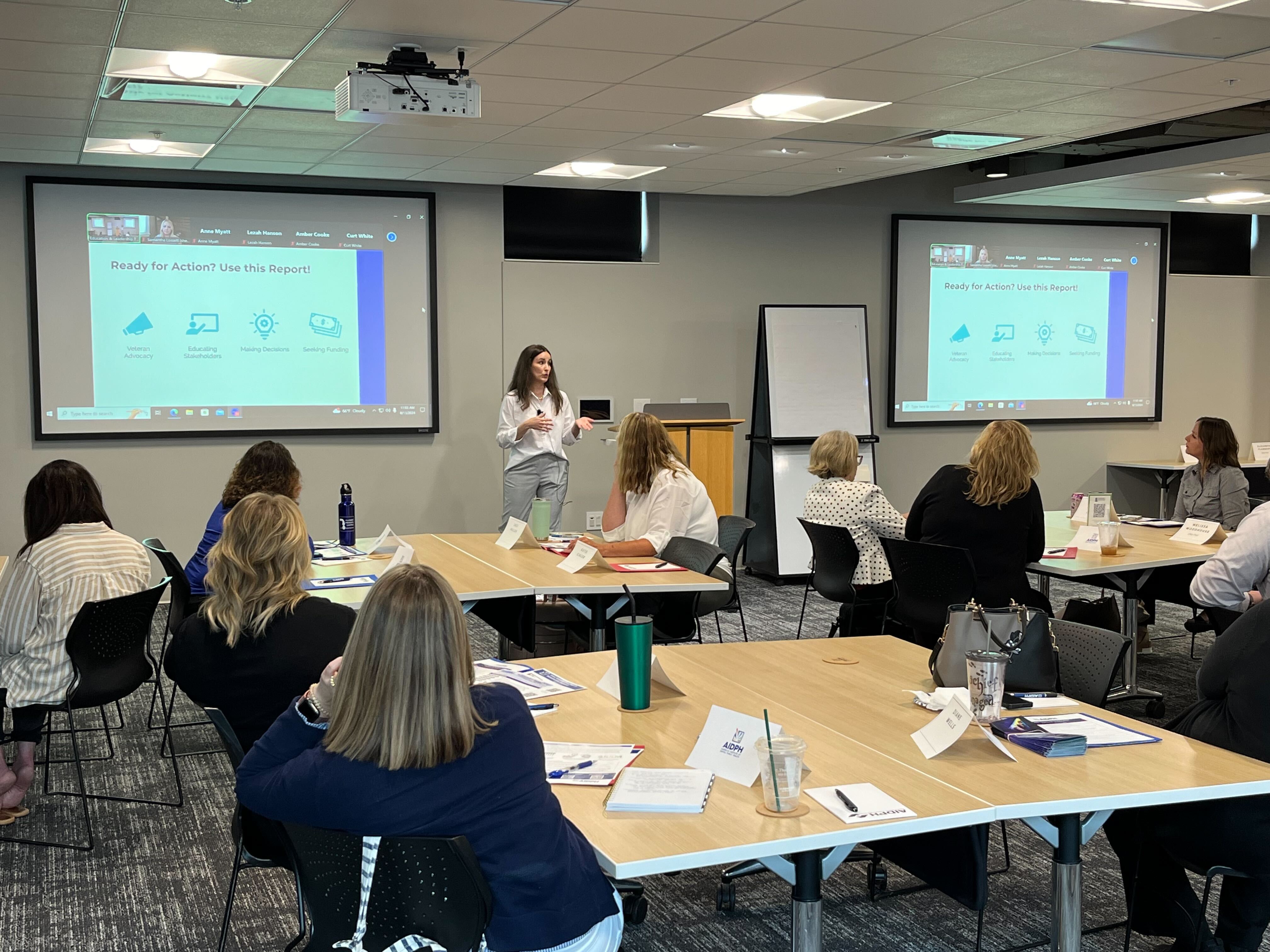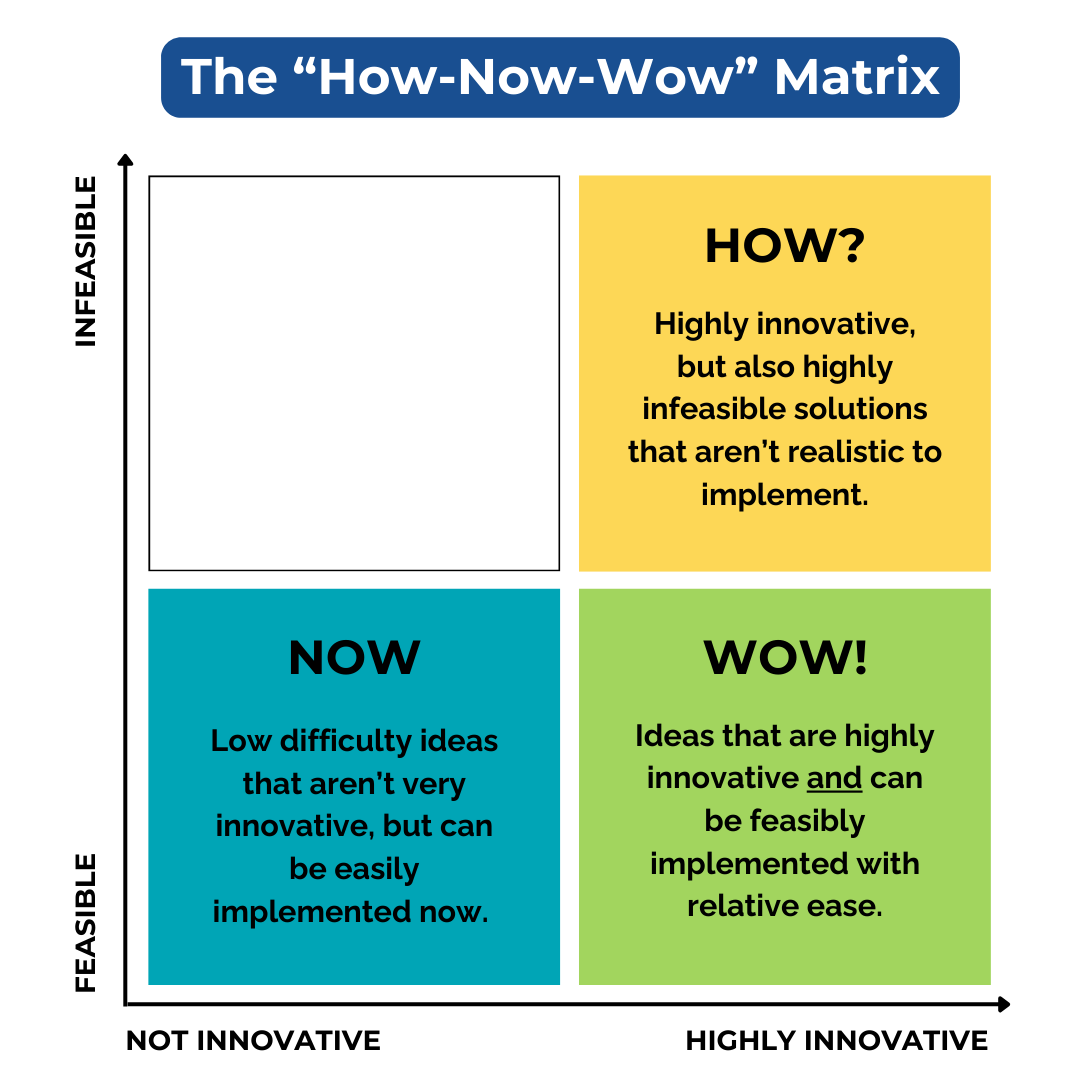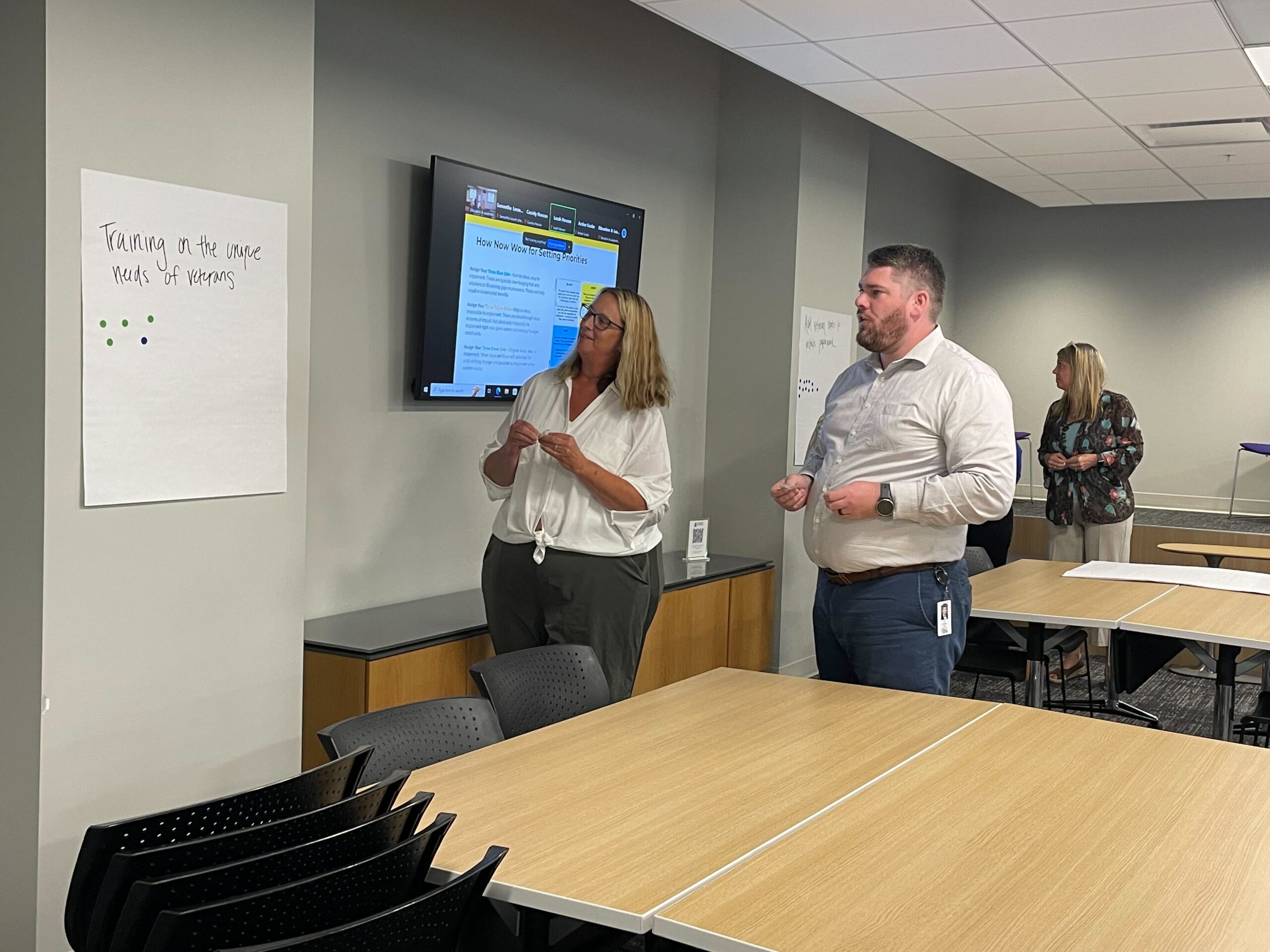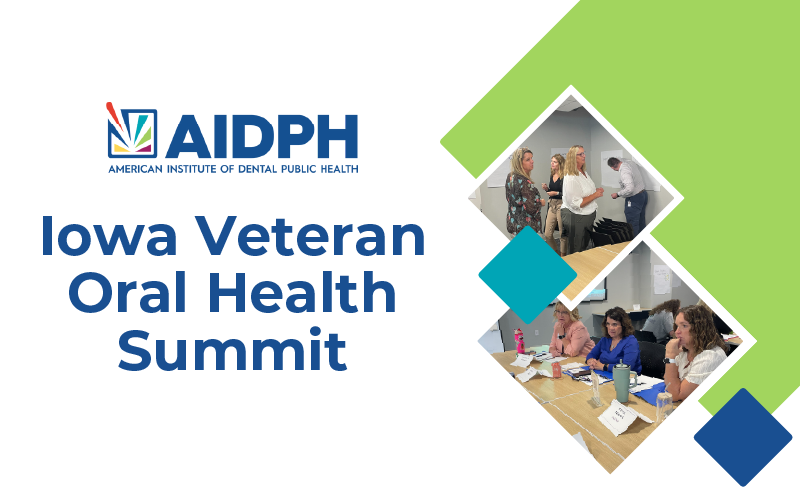
Annaliese Cothron, AIDPH Executive Director, explains how stakeholders can use the State of Veteran Oral Health in Iowa report.
On August 13, 2024, AIDPH brought together a group of stakeholders including government representatives, public health advocates, US veterans themselves, and other community members and lifelong Iowans working on the ground to improve the state of dentistry for Iowa’s veterans. Drawing from the 31 strategic recommendations from our seminal report, The State of Veteran Oral Health in Iowa, the Iowa Veteran Oral Health Summit used a hybrid discussion model and survey results to facilitate stakeholder groups in identifying key concerns, narrowing down the highest-priority goals in our roadmap toward success.
Thank you to

This project was made possible with support from the Delta Dental of Iowa Foundation through the Community of Health Fund.
Identifying Challenges
Prior to the Summit, we launched a community survey aimed at identifying the most pressing challenges in veteran oral health. Respondents viewed the high cost of dental services as a primary barrier to veteran oral health access, followed by a lack of dental insurance and access issues. They overwhelmingly felt that veterans themselves needed to be included in conversations, followed by government representatives and relevant nonprofit and advocacy groups. Most participating organizations were concerned about a lack of funding impeding care, and nearly half were worried about time constraints and a lack of resources.
With these challenges in mind, the survey also asked participants to prioritize the report’s strategic recommendations for improving veteran oral health. Their input formed the foundation for the next stage of our summit discussions.
Prioritizing Strategies: Group by Group
With the goal of identifying the top 3 or 4 strategic recommendations, we engaged the community in a thoughtful “funneling” process. The prior survey results helped us gather the most pressing recommendations across several of our key stakeholder groups—policymakers, healthcare providers, and advocates.
At the summit, we presented the following key recommendations respondents identified:
Policymakers
- Expand and strengthen the
I-Smile program - Expand Medicaid eligibility to include veterans: particularly high-risk, high-cost veterans
- Incentivize providers by increasing Medicaid reimbursement rates
Healthcare Providers
- Add veteran status to intake paperwork and ask every patient if they are a veteran
- Train yourself and your colleagues on the unique needs of veterans
- Leverage dental and dental hygiene schools for preventive care
Advocates
- Advocate for VA dental eligibility expansion
- Consider forming a coalition of veteran oral health advocates
- Develop community-driven educational campaigns to support oral health literacy
To further narrow down this list, we engaged summit attendees in interactive dialogue using the “How, Now, Wow” process. This method uses a matrix to categorize ideas based on two key factors: feasibility and innovation (see below). Our goal was to find solutions that fit into the “Wow” category: ideas that are both highly feasible and highly innovative.

The “How, Now, Wow” matrix separates problem-solving solutions into four quadrants. The bottom left “Now” category features “low hanging fruit” ideas that aren’t very innovative, but easy to implement now. The upper right “How?” category places ideas that are very innovative, but impractical or unrealistic to actually implement. The “Wow” category on the bottom right features “sweet spot” ideas that are both highly innovative, and also feasible to practically implement. The upper left quadrant is left intentionally blank.
Participants voted on the recommendations based on these criteria, helping us identify the following “Wow” recommendations.
- Develop community-driven educational campaigns to support oral health literacy
- Expand and strengthen the I-Smile program
- Leverage dental and dental hygiene schools for preventive care
- Train healthcare providers on the unique needs of veterans
This list represents the highest-priority areas where meaningful change can be feasibly achieved within a reasonable timeframe. Participants formed four working groups to develop detailed action plans for each recommendation. The working groups–which intentionally incorporated perspectives from policymakers, providers, and advocates alike–focused on identifying the necessary steps, resources, and potential partnerships required to implement these solutions successfully.
Next Steps

Participants engage with a How-Now-Wow Matrix to strategically set priorities for improving veteran oral health in Iowa.
The discussions held during the Iowa summit are just one part of a larger dialogue on improving Iowa veteran oral health. We encourage participants to keep the conversation going and are excited to see how you use the report in your continued efforts. Please feel free to link the report where appropriate, let us know how you’re implementing recommendations, and share insights from the report or Summit on social media, tagging our LinkedIn, Instagram, and Facebook accounts.
Stakeholders who couldn’t make it to the summit can still meaningfully participate in our efforts to uplift Iowa veterans with the Delta Dental of Iowa Foundation. By participating in our stakeholder survey, you’ll be able to share your thoughts on how to enact strategic recommendations for Iowa veteran oral health, which aspects of the report are most valuable to you, opportunities for growth, and gaps in research.
The Summit may have concluded, but the work has only just begun. We look forward to seeing how our collective efforts can drive real, lasting change for Iowa’s veterans.



